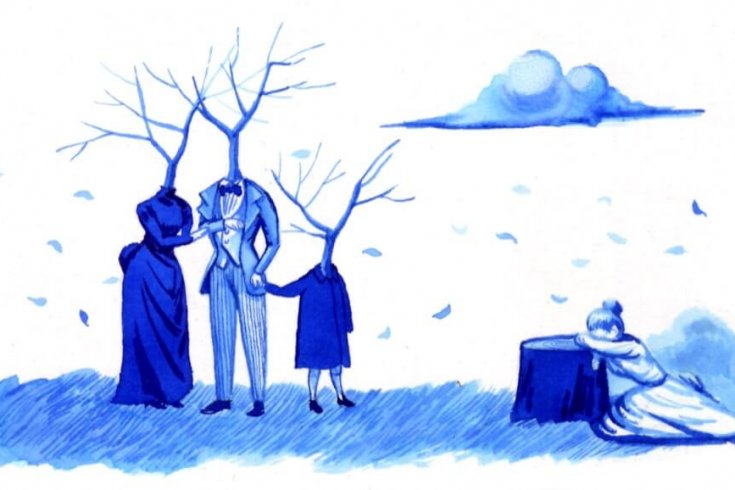Ever since the global economy hit the wall last fall, many of us have found ourselves newly interested in central bankers. A few years ago, when such an event seemed unimaginable, the world’s most famous central banker—probably the only one most of us knew by name—was Alan Greenspan, from 1987 to 2006 the chairman of the US Federal Reserve. After he retired, he published an instructive and entertaining memoir, appropriately titled The Age of Turbulence: Adventures in a New World, which might still be a bestseller if its author were not widely regarded as one of the people who got us into this mess in the first place.
During Greenspan’s tenure at the Fed, the Bank of Canada had three governors, none of them household names. John Crow (1987–1994), Gordon Thiessen (1994–2001), and David Dodge (2001–2008) were all sensible men who tended inconspicuously to the bank’s business: setting interest rate targets to maintain price stability, regulating the money supply, and, in 1990–91 and again in 2001, guiding the country through what seem now like mild downturns. On their watch, the bank was never required to step into the financial marketplace as “lender of last resort”—economic shorthand for the bank the commercial banks turn to in moments of extreme distress.
Mark Carney has not been so lucky. The current governor of Canada’s central bank took the job last year, just as the collapsing sub-prime mortgage market in the US began precipitating a series of bank failures that led, in turn, to the international credit crisis in which we now find ourselves. He barely had time to rearrange the furniture in his office before he was called upon to protect the Canadian economy from a financial tsunami. Although it was clear, almost from the outset, that Canada—where regulation is not a dirty word, and the chartered banks are relatively robust—would weather the storm better than many other countries, especially the US.
Who is this man who, with the prime minister, steers the country’s financial ship of state? When governors of the Bank of Canada speak in public, it’s only about the economy; granting interviews to talk about themselves is out of the question. So John Lorinc, who wrote the profile of Mark Carney in this issue, had to attempt what magazine editors call a “write-around,” in which a portrait of the subject is constructed from sources—interviews with colleagues and friends, newspaper stories, drafts of speeches, and personal observation—that exclude the subject himself.
Lorinc, a freelance writer with a math degree from the University of Toronto and a journalism degree from Carleton, is no stranger to the form. He started his career writing about business because, he says, “I liked—and still like—numbers.” But business people are notoriously press shy, as he found out when on two separate occasions he was asked to profile Glenn Murphy, formerly the ceo of Shoppers Drug Mart and now the man at the helm of Gap Inc. “In neither case did he co-operate, so I was on my own. Once, I snuck into a speech he was making in Toronto, and when his handlers discovered I was there they threw me out.”
Lorinc specializes in urban affairs, politics, public policy, and environmental issues. For ten years, he wrote a politics column for Toronto Life, and today his byline can be found in the Globe and Mail, Spacing, Canadian Geographic, Reader’s Digest, and Cottage Life. He still writes frequently about business. “This story was appealing, because while I’ve always been interested in economics I’ve never had an opportunity to delve into the complex world of monetary policy. And it is complex. What I found particularly interesting about looking at Carney’s world is that we are at a moment of inflection. Right now, the central banks are, in many cases, groping for solutions, never having set their interest rates so close to zero. When I was in London for the G-20 meeting in April, I definitely felt I was witnessing history in the making.”
Making history was not in the job description when Mark Carney was appointed governor of the Bank of Canada. And yet there he is, optimistic that “the global financial crisis will end, and the global economy will recover,” but, unlike the rest of us, more than simply an interested observer. It’s his job to help make it happen.



